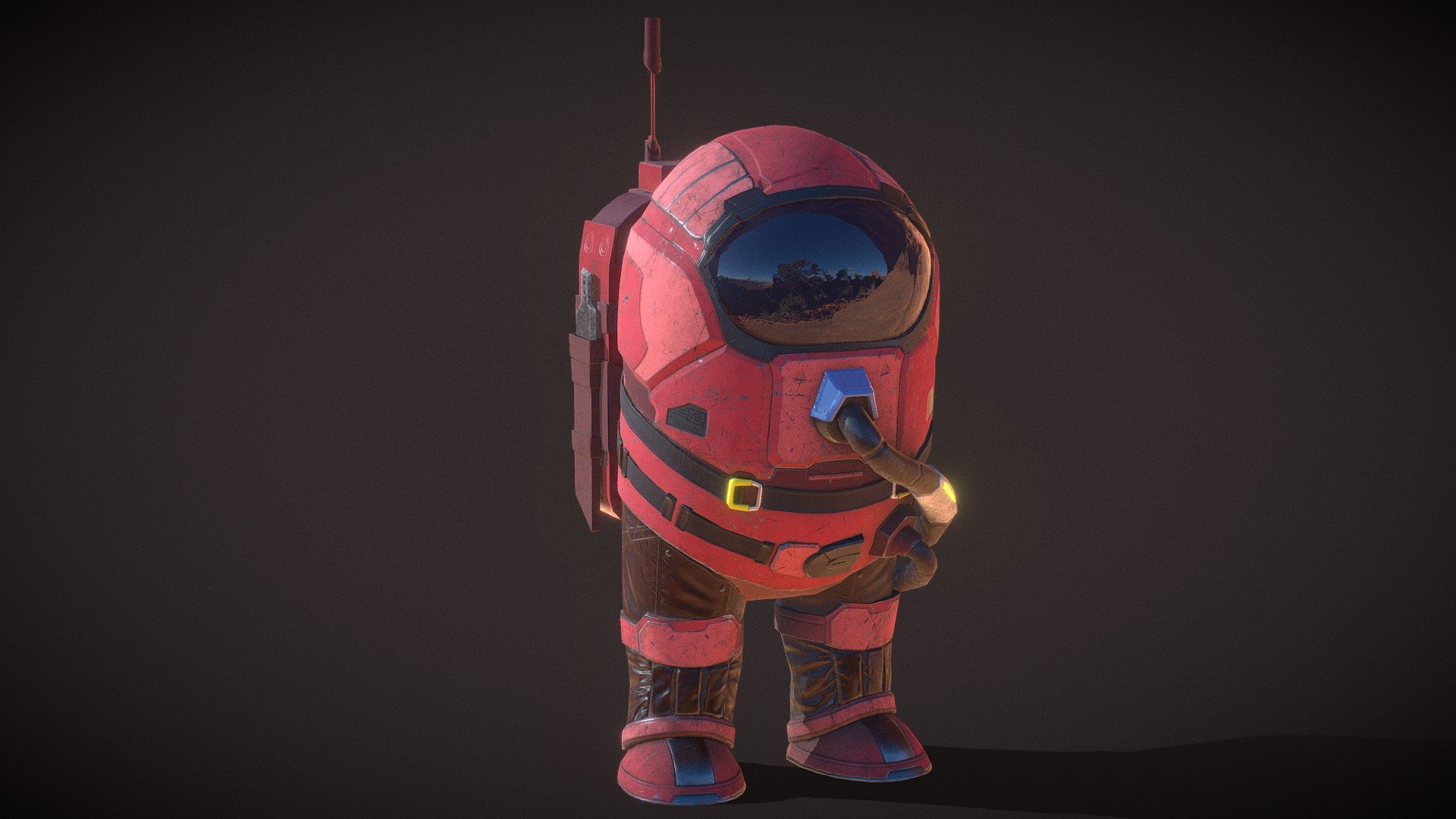

When a texture is mapped onto the surface of an object, its position on the surface is defined by a coordinate system with U for the horizontal position of the upper-left corner and V as the vertical position of the upper-left corner. If the majority of the normals are pointing incorrectly inward, you can use the Flip Normals option to change their direction. Using Polygon Normals.Ĭonsistent causes all normals to point inward or outward based on the direction of the majority of the normals. If the normal is flipped (which can happen occasionally when exporting and importing models), the back side of a polygon becomes visible and its front side becomes invisible, thus making the object appear inside out. A normal is an invisible vector that points outward from the center of the surface polygon and is used to tell the rendering engine which way a polygon is pointing.

If the model being imported appears inside out, or if some of its normals appear to be colored dark, it could be that the polygon's normals are pointing inward, as shown for the bookcase on the right in Figure 2. The bitmap on this object is mapped upside down. They also can increase the file size of the model. Duplicate vertices can cause trouble for some game and rendering engines. This is especially common for mirrored objects along the center mirroring axis. The Weld Identical Vertices option reduces the total number of vertices by combining any vertices that have the same coordinates. The Place on Floor option causes the lowest portion of the imported prop to be aligned on the grid floor. The Centered option causes the imported prop to appear centered about the grid origin within the Document Window. It is used to set the initial position and scaling of the imported prop object and includes options for fixing certain problems. The Import Options dialog box, shown in Figure 1 appears when any of the previously mentioned formats are selected from the File, Import menu. You can learn more about these various import options for the various 3D packages in Chapter 17, "Using Poser with Other Software."

QuickDraw 3DMF: Imports geometry objects using the QuickDraw 3DMF file format (available for Macintosh systems only).ģD Studio: Imports geometry objects using the. If the model includes materials, use the 3D Studio or LightWave options. It tends to provide the cleanest import models. OBJ format for objects without materials. Tip: If you have a choice of which 3D format to use, stick with the Wavefront.


 0 kommentar(er)
0 kommentar(er)
